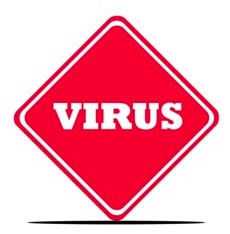
High impact animal diseases not “science fiction”
By Food in Canada staff
Food Safety Health & Wellness Meat &Poultry animal health detection traceability
The One Health approach to combating new food and animal pathogens is gaining strength.

On July 26, the Food and Agriculture Organization of the United Nations (FAO) announced a partnership with the World Organization for Animal Health and the World Health Organization to adopt the One Health strategy to more effectively detect and combat these pathogens.
The One Health initiative aims to make a key contribution to the global response to disease outbreaks.
It also aims to implement effective prevention and containment strategies and manage the risks of disease emergence, including improving knowledge of disease-emergence drivers in livestock production and in associated ecosystems.
The FAO has requested donors invest significantly in its suggested five-year program on the One Health initiative.
The investment will primarily target South, Southeast and Central Asia, Latin America and the Caribbean – regions particularly vulnerable to the emergence and re-emergence and spread of infectious diseases.
Through One Health the organizations envision taking these actions:
• Enhancing disease early warning and detection systems;
• Strengthening capacity for surveillance and response;
• Identifying and assessing disease drivers in food animal production and natural resource management;
• Strengthening the capacity of public veterinary services in preparation, prevention and response to animal disease occurrence;
• Assessing the social and economic impact of diseases; and
• Connecting private sector stakeholders with public sector action in livestock and wildlife health.
The program will pay special attention to risk communication at all levels of action.
Why One Health is critical
The FAO explains that governments can save billions of dollars by stepping up prevention and control of high impact animal diseases, some of which pose a direct threat to human health.
Other animal diseases have a negative impact on people’s livelihoods.
Land use, climate change and expanding trade and trade routes are all posing new challenges to animal disease prevention and control, warns the United Nations.
So are the emerging threats related to increased urbanization and growing urban demand for meat, milk and eggs.
“We are expecting the costs to human, animal and plant health of these pathogens, and their overall economic costs, to rise substantially over the next decades,” says Juan Lubroth, FAO’s chief veterinary officer.
In the U.K., for example, a 2001 outbreak of food and mouth disease was estimated to have cost the government and private sector between US$25 billion and US$30 billion.
The 2002-2003 Severe Acute Respiratory Syndrome (SARS) outbreak cost Canada, China, Hong Kong and Singapore between US$30 billion and US$50 billion.
“This is not science fiction,” says Lubroth. “The threats are very real. Deadly and economically devastating livestock epidemics have existed throughout history but there is no doubt that more pathogens are emerging – and spreading.
“The good news is, with the right policies, they can be better detected and contained.”
Print this page